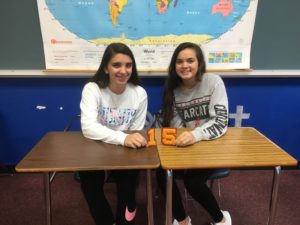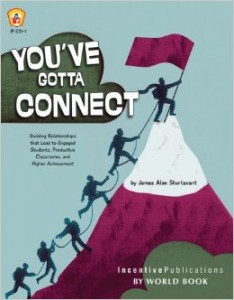I like to think that I have a wonderful rapport with my students. And yet…I’m still their teacher which is a significant barrier. I also have 40 years on my kids. To them, I’m someone who has a lot more yesterdays than tomorrows. My observations on their lives, while I hope respected and valued, does not carry the weight of a peer.
Just 4 sentences into this intro, the wonderful word peer makes its grand entrance. Peer acceptance, peer constructive criticism, peer praise, and peer collaboration are the powerful fuels that ignite and propel the outstanding education tool called Peergrade. Anyone who’s taught for more than 5 minutes knows the power of peer influence.
In this episode, I’ll interview David Kofoed Wind the founder of Peergrade. Peergrade is a marvelous way to capitalize on kid’s natural inclination to listen to their peers. This tool randomly assigns student creations to classmates and then guides and monitors evaluations. Peer feedback is not only highly valued but it’s also welcomed because it’s often couched in contemporary youth vernacular. Kids understand how to communicate with other kids. And finally, a student evaluator who focuses on just one narrative written by just one peer does not suffer eye-strain and fatigue that teachers often experience wading through 100 student narratives. A 1 on1 evaluation experience is a fresher, focused, and perhaps more useful interaction.
Joining me in the Room 111 Studios is Kristen Spayde. Kristen may sound familiar. She starred in Episode 39 about going paperless and in Episode 58 when we dished with the HyperDocs Girls. Please give this awesome tool a try!
Episode Template
The Problem:
Students don’t give your feedback the time of day!
The Solution:
Utilize Peergrade to foster profound student collaboration.
Watch this brief tutorial:
What you can do Tomorrow:
- Choose an assignment that calls for the creation of a student reflection, evaluation, or narrative
- Pull a couple of student guinea pigs out of study hall to test Peergrade
- Schedule your Peergrade maiden voyage.
Kids value what other kids say. Embrace this natural tendency for the benefit of all!
Listen to “74-Peergrade takes Student Collaboration to an Unprecedented Level…Starring David Kofoed Wind and Kristen Spayde” on Spreaker.





